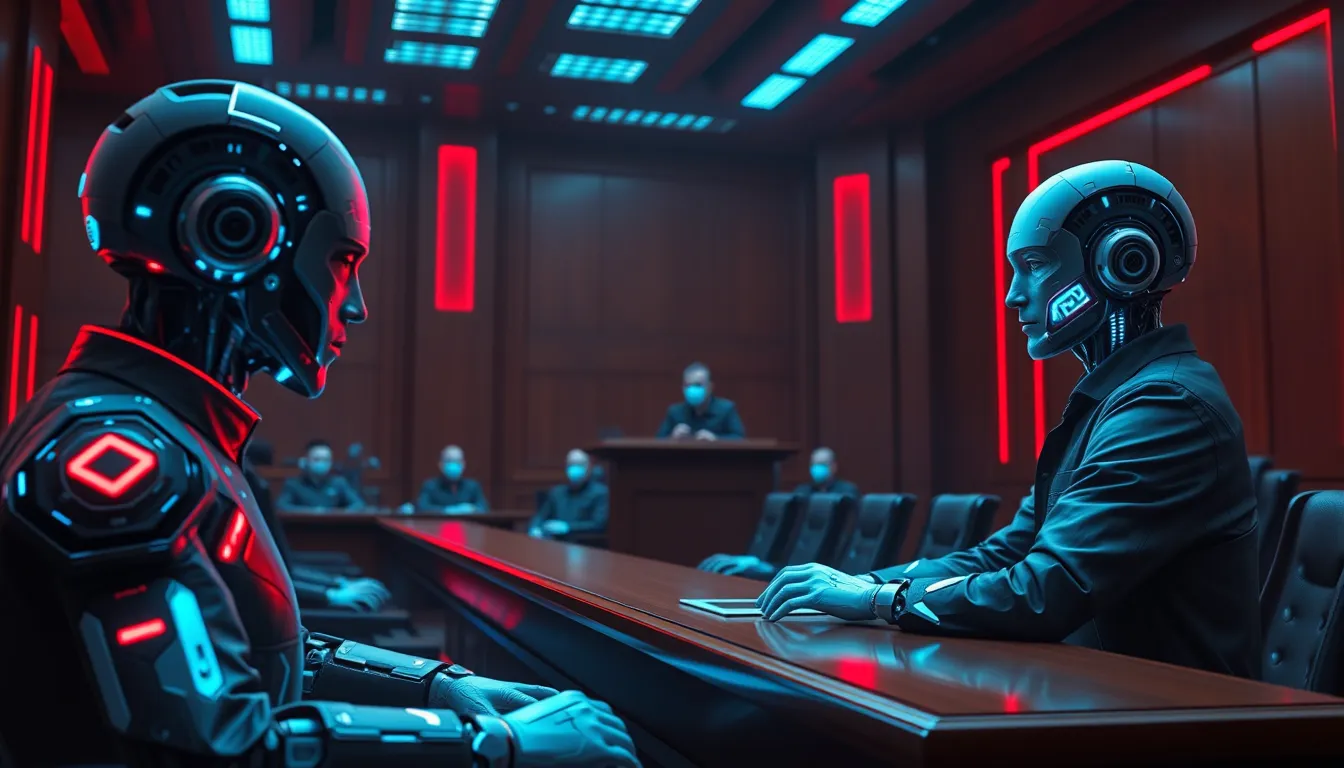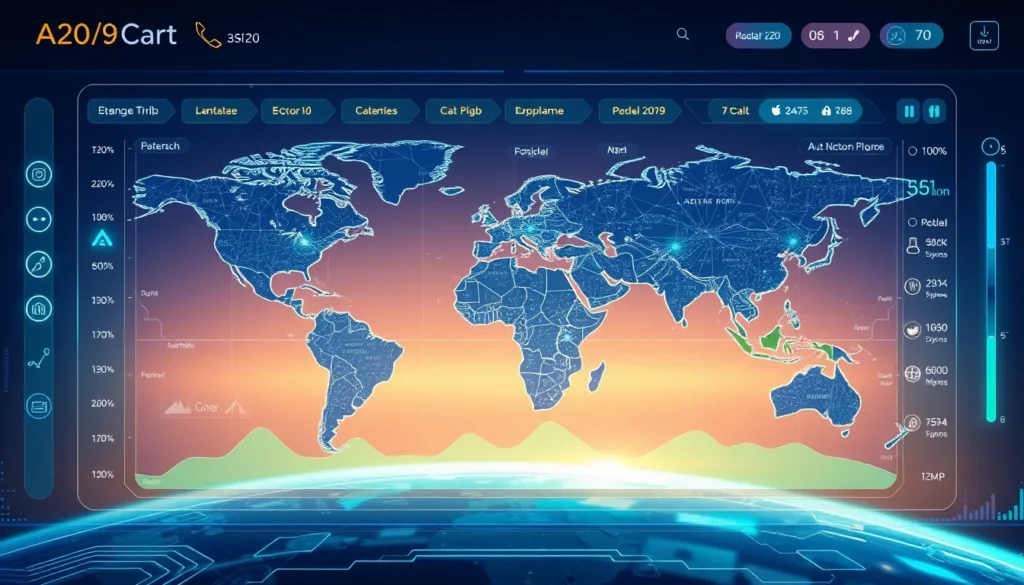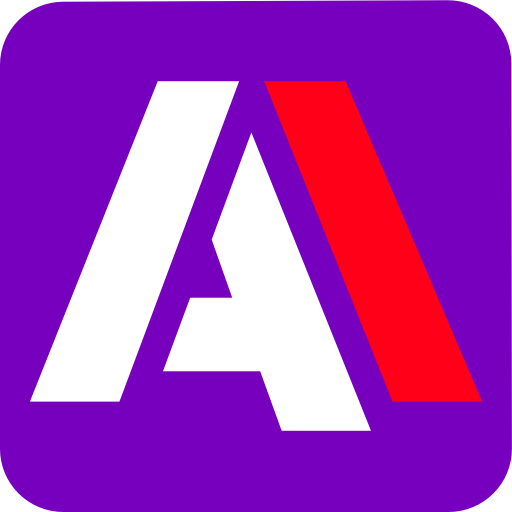Now Reading: Mastering AI Liability: Merging Tech & Human Oversight
-
01
Mastering AI Liability: Merging Tech & Human Oversight
Mastering AI Liability: Merging Tech & Human Oversight

Mastering AI Liability: Merging Tech & Human Oversight
The rapid advancements in artificial intelligence (AI) are reshaping industries, yet they bring complex challenges—chief among them being AI liability. This article delves into the balance between automation and human judgment, exploring how integrating human oversight can effectively mitigate AI liability. In today’s fast-paced environment, understanding the nuances of liability wall in AI systems is essential for businesses aiming to innovate responsibly.
Understanding AI Liability
AI liability refers to the legal and operational challenges that arise when errors in automated systems lead to significant consequences. As AI systems manage an increasing number of critical tasks, accountability becomes a pressing issue. The concept of AI liability is not only about identifying who is responsible when things go wrong but also about establishing robust frameworks to anticipate and prevent potential failures. Companies are now facing the dilemma of ensuring continuous innovation while safeguarding against legal risks.
Key aspects include:
- Legal accountability when AI systems misjudge crucial operations.
- Financial and operational risks that could impede technological progress.
- The need for clear regulatory frameworks to address these challenges.
The Crucial Role of Human Oversight in AI
One promising solution lies in the integration of human oversight in AI systems. By incorporating human judgment into automated workflows, organizations can create a hybrid model that leverages the best of both worlds. This approach not only addresses AI liability but also enhances overall decision-making processes. Human oversight in AI is critical in high-risk scenarios where nuanced understanding and ethical considerations are required.
By embedding human oversight, companies like Mixus have developed a strategic plan that ensures a balance between rapid automated processes and the necessity of complex evaluations. This model allows human experts to intervene when automated systems encounter ambiguous situations or potential errors, thereby reducing the risks associated with a pure technological approach.
How Human Oversight Enhances Accountability
The benefits of human oversight extend beyond simply managing AI liability. It creates an operational safety net that offers multiple advantages:
- Improved decision quality: Human judgment complements the speed of AI, ensuring that decisions are well-rounded and contextually sound.
- Ethical governance: By integrating human values, companies can make responsible choices that align with societal norms and legal requirements.
- Regulatory compliance: A hybrid model facilitates adherence to evolving regulations, as human overseers can adapt decisions in real-time to meet new standards.
Addressing the Liability Wall in AI Systems
A particularly significant challenge is the liability wall in AI systems—a scenario where missteps in automated processes lead to cascading legal and financial consequences. The liability wall in AI systems represents the obstacles that companies face when trying to implement machine-driven strategies without proper checks and balances. Addressing this issue requires a sophisticated blend of technology and human involvement.
Case studies show that companies adopting robust human oversight strategies experience fewer legal disputes and operational mishaps. For instance, when potential risks are identified early by human overseers, corrective actions can be quickly implemented, thereby preventing minor issues from escalating into full-blown crises. This proactive stance is essential for maintaining a competitive edge in today’s rapidly evolving tech landscape.
The Future of AI Liability and Oversight
Looking ahead, the conversation around AI liability is expected to gain even more prominence. With increasing regulatory scrutiny and a growing emphasis on ethical AI, organizations must continuously evolve their oversight practices. Embracing hybrid AI oversight not only addresses immediate risks but also sets a foundation for future innovations.
To summarize, managing AI liability is a multifaceted challenge that demands a balanced approach. The integration of human oversight in AI systems provides a viable solution by coupling machine efficiency with ethical judgment and accountability. This strategy, exemplified by Mixus’s pioneering initiatives, could serve as a blueprint for industries worldwide where regulatory compliance, operational reliability, and ethical considerations converge.
Conclusion
In conclusion, AI liability represents one of the most significant hurdles in the adoption of advanced technologies. By fostering a culture of human oversight and accountability, companies can not only mitigate risks but also pave the way for sustainable innovation. As digital transformation continues to accelerate, integrating human judgment with automated processes will remain critical in navigating the complex landscape of AI liability. Embrace the future of hybrid AI oversight to safeguard your operations and drive responsible innovation.
By understanding and addressing these challenges head-on, businesses can confidently innovate while ensuring that AI liability is managed effectively, laying the groundwork for a secure and ethically driven technological future.

























